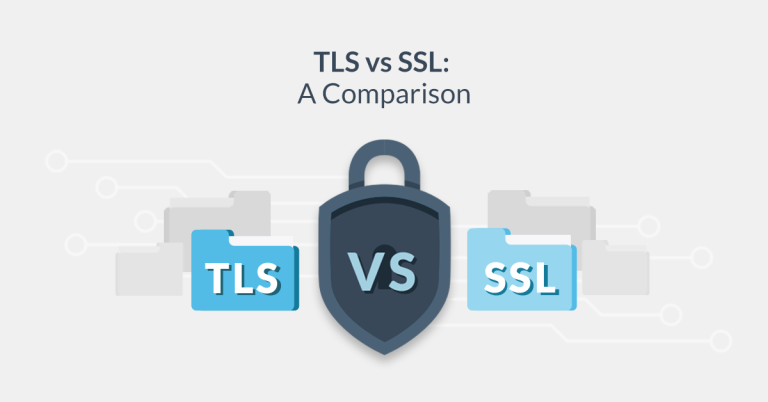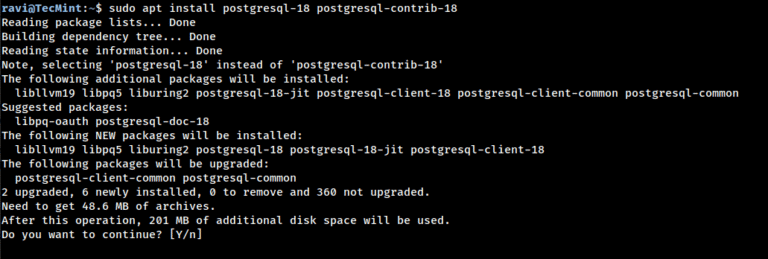The cloud has become increasingly popular in recent years as a way to store and access data. It offers many benefits, including the ability to scale up or down as needed, the flexibility to access data from anywhere, and the security of knowing that data is stored off-site.
However, the cloud can also be a bit daunting for those unfamiliar with it. This guide will help you understand the basics of the cloud and how to get started using it.
Understanding the Cloud
What Is the Cloud?
At its most basic, the cloud is a network of server computers that can be accessed over the internet. These servers store data and applications, which can be accessed from any device with an internet connection.
People use the cloud for a variety of reasons, including the following:
- To store and access data from anywhere.
- To scale up or down as needed.
- To take advantage of the security and flexibility offered by the cloud.
The cloud can be used for personal or business purposes. For example, you might use the cloud to store photos, documents, or files. Or, your business might use the cloud to run applications or store data.
There are many different types of cloud services, which we will discuss in more detail later. For now, suffice it to say that the cloud can be used for a variety of different purposes.

What Flexibility in the Cloud Means
The cloud offers a great deal of flexibility for businesses. It allows you to scale up or down as needed, which can save you money on IT costs. It also gives you the ability to access data from anywhere, which can help you be more productive.
In fact, the flexibility of the cloud is one of the key reasons to adopt cloud infrastructure in the first place. Being able to act quickly and with agility is far preferred over being beholden to on-prem infrastructure. Here are some ways that flexibility manifests in the cloud:
- Spinning up and down workloads quickly: Add or remove capacity as needed, which is ideal for businesses that experience seasonal spikes in demand.
- Moving resources to meet demands: If you have a website that is getting a lot of traffic, you can move it to a more powerful server in hours (or even minutes) in order to handle the increased demand. When that traffic subsides, the site can be moved just as easily to less expensive cloud resources.
- Getting to market faster: Launch new products and services quickly and easily without having to worry about the underlying infrastructure. Instead of buying racks and racks of servers to support a new product launch, the cloud makes adding new resources as simple as a few clicks. Even better, the pay-per-use cost model of the cloud means that your new product’s infrastructure costs should scale linearly with the success of the product itself.
Five Benefits of Gaining Flexibility in the Cloud
It is simple to intuit that flexibility alone is a benefit. Digging deeper, however, flexibility in the cloud delivers even more direct improvements than might be obvious at first glance. Consider these five benefits enabled by the flexibility found in the cloud:
- Optimized investments: You can use the pay-as-you-go model to only pay for the resources you need. This can help you save money on IT costs and optimize your investments.
- Improved agility: You can quickly add or remove capacity as needed. This is ideal for businesses that experience seasonal spikes in demand or release new products on a regular basis.
- Increased productivity: You can access data from anywhere and collaborate with others easily.
- Improved security: Data stored in the cloud is typically more secure than data stored on-site.
- Lower carbon footprint: Data centers use less energy than traditional on-premise servers.

Step by Step to Gain Flexibility in the Cloud
Basics of Cloud Computing
Before you can start using the cloud, you need to understand what it is. Cloud computing refers to the delivery of computing services over the internet. This means that instead of having to purchase and maintain your own hardware and software, you can access these services from a remote location.
Types of Clouds
There are three main types of clouds: public, private, and hybrid.
Public cloud services are supplied by a third-party provider and can be accessed by anyone with an internet connection. These services are often the most affordable option, but they can also be less secure as they are shared by multiple users.
Private cloud services are provided by a single organization and can only be accessed by authorized users. They offer more security and control than public cloud services, but they can be more expensive.
Hybrid cloud services are a combination of public and private cloud services. They offer the flexibility of the public cloud with the security of the private cloud.
Benefits and Drawbacks of Using the Cloud
There are both benefits and drawbacks to using the cloud. Some of the benefits include increased flexibility, scalability, and productivity. However, some of the drawbacks include security concerns and data loss risks.
Before you decide to use the cloud, it is important to evaluate the benefits and drawbacks. This will help you determine if the cloud is the right solution for your business.
Implement a Cloud Strategy for Your Business
If you decide that the cloud is right for your business, you need to develop a cloud strategy. This should include determining which services you will use, how you will migrate your data, and how you will manage and monitor your deployment.
Manage and Monitor Your Cloud Deployment
Once you have implemented your cloud strategy, you need to make sure that you are monitoring and managing your deployment. This includes keeping an eye on performance, security, and compliance.
Cloud Business Use Cases
Small and mid-sized businesses can benefit from the cloud in a number of ways. Some of the most common use cases include the following: data and disaster recovery, optimized scalability, improved performance, and better reliability and uptime.
- Data and disaster recovery: Your business can safely store its data in the cloud and access it if needed.
- Optimized scalability: You can scale your business up or down as needed without having to invest in new infrastructure.
- Improved performance: You can access your data faster and more easily.
- Better reliability and uptime: Your infrastructure will stay up and running due to the distributed nature of the cloud except in the event of extremely rare availability zone (AZ) outages.
Cloud as Business Enabler
The cloud offers flexibility in a number of ways. First, it allows businesses to access computing services from a remote location so businesses can avoid having to purchase and maintain their own hardware and software. Second, businesses can use the cloud to scale their operations up or down as needed without having to invest in new infrastructure. Finally, by storing their data in the cloud, businesses can access it faster and more easily, which can improve performance.
With so many benefits baked into the flexibility provided by the cloud, it is easy to understand the appeal of the cloud for small and mid-sized businesses. That said, it’s important to make sure that it is the right solution for your business. This should include determining which services you will use, how you will migrate your data, and how you will manage and monitor your deployment.
If you have any questions about the cloud or how it can benefit your business, please contact us. Our team at Liquid Web would be happy to help you develop a cloud strategy that is right for your business.





